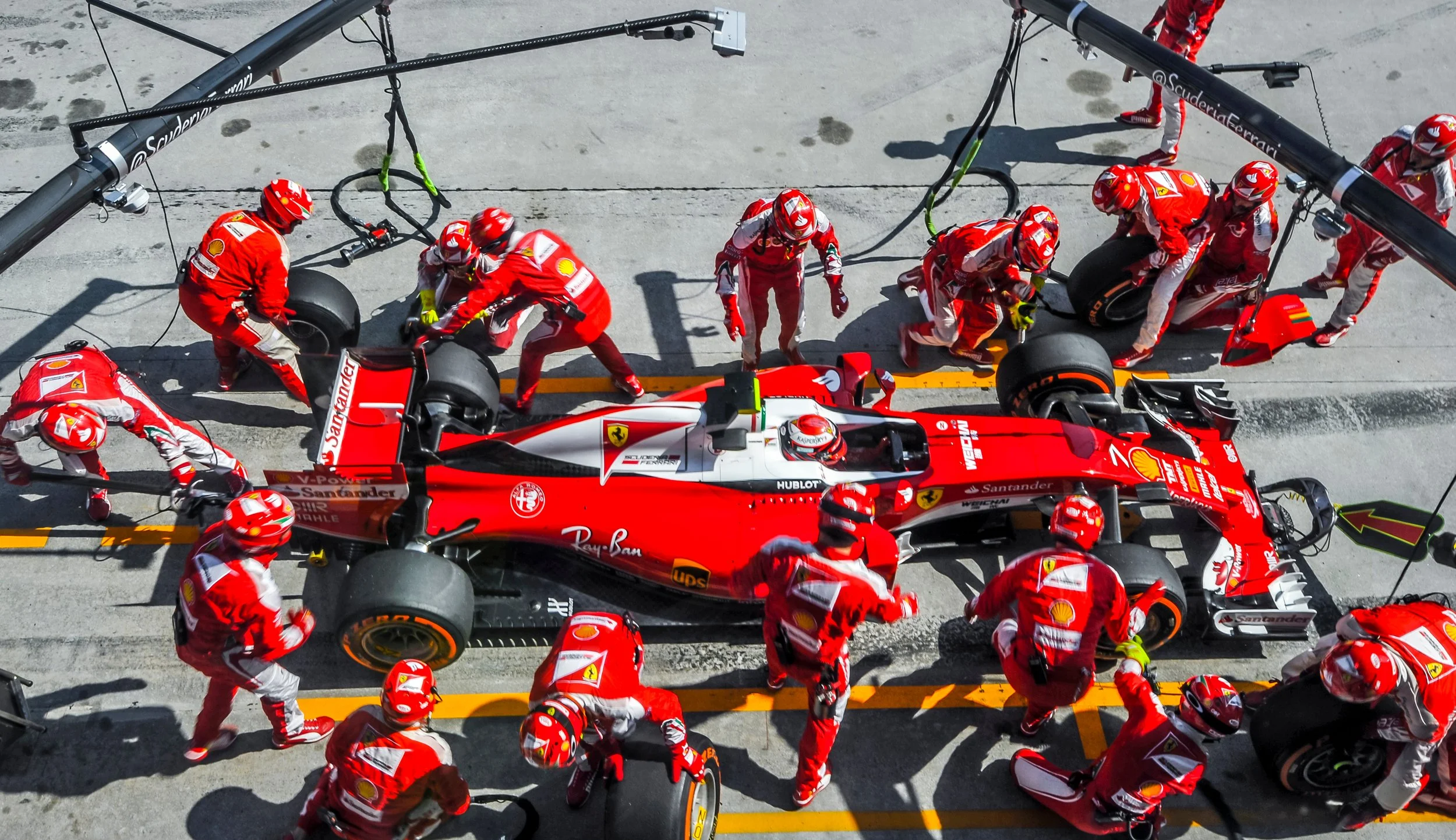You have to slow down to go fast
There’s a recurring cliché in business: work smarter not harder. Like all clichés its far easier to talk about than do. For many organisations, and the leaders within them, it has become so hard to do that people don’t even see it as a possibility.
But it is.
Let’s start with the problem. One study by McKinsey estimated that only 20-30% of a typical organisation's activities are value-adding[1]. Another by the Lean Enterprise Institute found that organisations can often achieve substantial improvements in productivity and efficiency by reducing non-value-adding work, sometimes by as much as 85%.
That’s not our experience, TBH. We find consistently that about 40% of the work leaders do is made up of ‘work someone else should be doing’ and ‘work nobody should be doing’.
So consistently, in fact, that we call it ‘the 40% problem’.
What are we talking about? ‘Work nobody should be doing’ is created by the impacts of poorly defined systems + processes, ineffective meeting culture, bureaucracy (hierarchy, red-tape, delays in decision making), unnecessary repetition or duplication, obsolete technologies + tools. Poor alignment of objectives + metrics to strategic intent, siloed business units with poor communication practices, and much more. (You get the idea. Many of you will be living this.)
Then there’s the work that’s not value-adding for this person but is for that one - the ‘work someone else should be doing’. In this bucket, we’ve got things like micromanagement, lack of trust in capability, poor delegation, no prioritisation, not enough people, failure to fully move up the ‘leadership pipeline’, lack of accountability or alignment in different parts of the organisation etc
There are 2 very important things to understand about solving the 40% problem.
1. It is solvable. Mostly. You never get down to 0% because work keeps coming and non-value adding stuff keeps being created - as you get bigger you get dumber (see ‘The larger you get, the dumber you get’)
and
2. You have more agency than you might think. It is always our experience that at least one person in any group of leaders is routinely doing the thing that everyone else thinks isn’t possible. “Like what?” you ask. Declining meetings that don’t have a stated purpose + agenda, for one.
We help people solve big chunks of their 40% problem all the time, in remarkably short timeframes using simple approaches.
In solving the 40% problem, the time you ‘buy back’ is used in 2 primary ways:
· Increased focus on building capability in others through coaching, effective delegation + empowerment, increased exposure, career development, stretch goals, etc, and
· Working on the ‘big stuff’ – the important but non-urgent stuff that rarely gets a look in (‘I’m just too busy’, ‘there’s not enough time!’) and has a significant business impact
Slow…
This renewed focus can feel ‘slow’ … because you’re either working through others or progressing longer term or bigger picture work with extended timeframes + impacts. You’re also spending time thinking - a lost art that gets you everywhere!
…to go fast.
It’s ‘go fast’ because the space you’ve created (your extra capacity) allows for increased clarity, considered action, and impactful progress – by you. You get important stuff done. It creates capability, opportunity, achievement, connection, and a career boost for the people around you. The business as a whole is significantly more powerful.
(Picture that for a moment. Looks good, hey?)
Building capability and ‘bench strength’ improves empowerment, quality, and speed of decision-making, not to mention being a major plus for keeping and attracting talented people. It’s also an important component of a Leader’s progression; once you have this as a skill, it’s scalable.
Working on the ‘big stuff’ (whatever that is) contributes to organisational performance. How? By enhancing things like efficiency, innovation, collaboration, organisational-level evolution of systems + processes, alignment of effort to objectives, leadership, and culture. And since these are the lynch pins holding organisations together, who should be working in this space if not you?
Equally, removing non-value-adding work allows leaders to unlock significant additional benefits that support organisational performance. This can lead to cost savings and improved productivity. It can enhance employee morale, fostering innovation. Ultimately, it can drive long-term success.
Warning: Achieving this requires a proactive approach and a willingness to challenge the status quo. Leaders must be willing to continuously assess and refine their processes, empower their people, and embrace change – the ‘slow down’ that ultimately results in going faster.
[1] That is, these activities contribute to customer outcomes and organisational goals.

